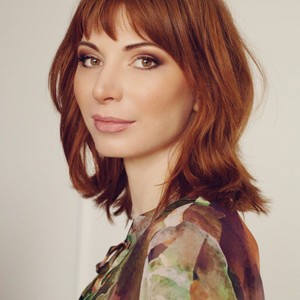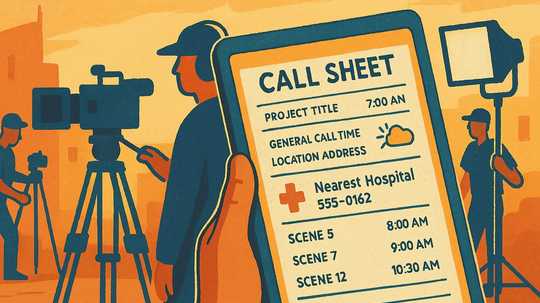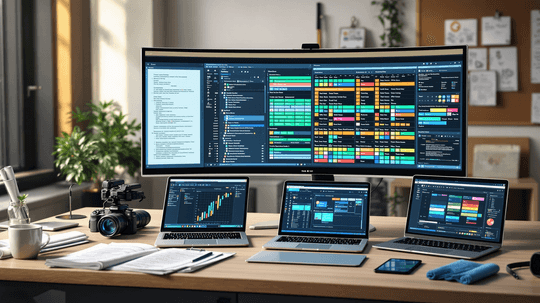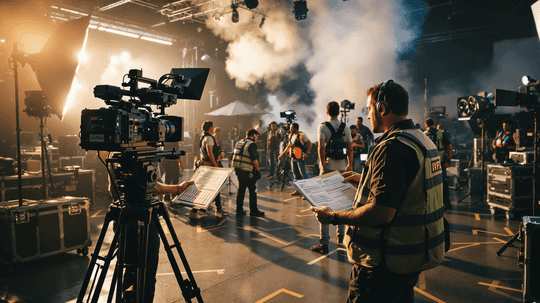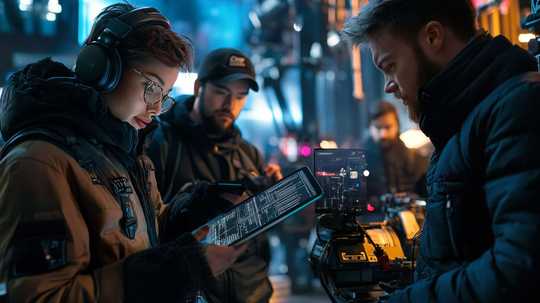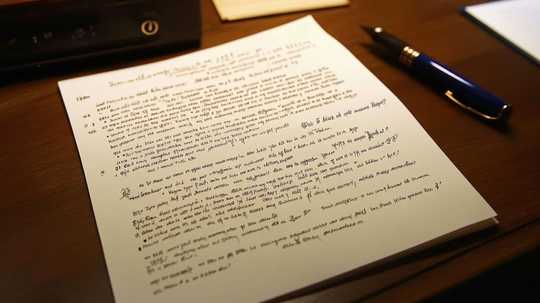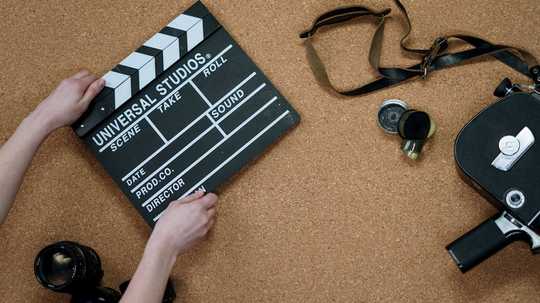Between inspiration and execution lies clarity - and that’s where a strong synopsis lives. As AI steps onto the scene, directors now have a tool that helps distill story essence faster, without compromise.
Behind every smooth shoot isn’t just talent or tech - it’s timing. And at the center of it all? A single sheet that holds the day together. Call sheets are the heroes of set life, blending order with instinct and turning film chaos into clockwork precision and calm.
Juggling multiple shoot locations means more than just moving gear - it requires precise coordination. When every minute counts, a well-planned call sheet becomes your crew’s lifeline. This guide will explore innovative strategies for simplifying call sheet creation for even the most complex setups.
Streamlining creative chaos is now easier than ever. With today’s smart tools, filmmakers can jump from script to schedule without the usual stress. If you’ve ever felt buried under breakdown notes, this article will show you how to reclaim your time and sharpen your production flow.
In today’s film industry, time and resource management is everything. AI-powered platforms like Filmustage bring clarity to complex schedules by enabling real-time collaboration, early risk detection, and visual planning tools to keep productions efficient, focused, and on schedule.
Choosing the right script breakdown tool helps with a production’s efficiency. In 2025, AI-driven platforms are redefining pre-production, but how does Filmustage compare to top software? This battle of innovation and workflow optimization will reveal which tool truly fits your pre-production.
A shooting schedule does more than map out shoot days - it keeps the entire production running smoothly. With cloud-based tools and collaboration, teams can manage resources, timelines, and gear with precision. Here's how scheduling ensures your film wraps on time - without the chaos
As filmmaking evolves, choosing the right pre-production tools is key to protecting creativity and streamlining production. Modern platforms offer real-time collaboration, automated analysis, and seamless integration - empowering teams to work faster, smarter, and with fewer risks.
Crafting a shooting schedule for effects-heavy films is a balancing act of creativity and logistics. From coordinating VFX shots to managing CGI-dependent scenes, every detail matters. Smart planning ensures smooth production, minimizes delays, and keeps budgets on track.
A professional script coverage report can make a screenplay’s success. But what sets a great report apart? From detailed feedback on structure and character to industry-savvy insights, knowing what to look and improve for ensures you get the most value.
A film call sheet is the backbone of any production, keeping cast and crew organized and informed. It outlines the day's schedule, locations, and key details to ensure everyone is prepared, helping shoots run smoothly and efficiently from start to finish.
Beyond traditional script analysis, AI-powered synopses are catching critical errors before they cascade into costly production issues. These intelligent tools identify narrative inconsistencies, character development gaps, and pacing problems that human readers might miss.
"Eights" are Hollywood's secret mathematical language — a tactical grid that separates ambitious dreamers from effective directors. As manufacturing costs skyrocket and schedules tighten, mastering this precision tool helps complete production on time.
On set, production coordinators worldwide face wrestling with spreadsheets and phone lists to create call sheets before cast and crew arrive. This administrative tightrope walk devours precious hours and invites costly errors that ripple through production schedules like dominoes.
Discover the hidden truths behind the top script coverage services of 2025. This article unveils what professional readers often keep secret—from evaluation nuances to unexpected benefits that can elevate your screenplay’s potential. Get ready to see script analysis from a fresh perspective.

